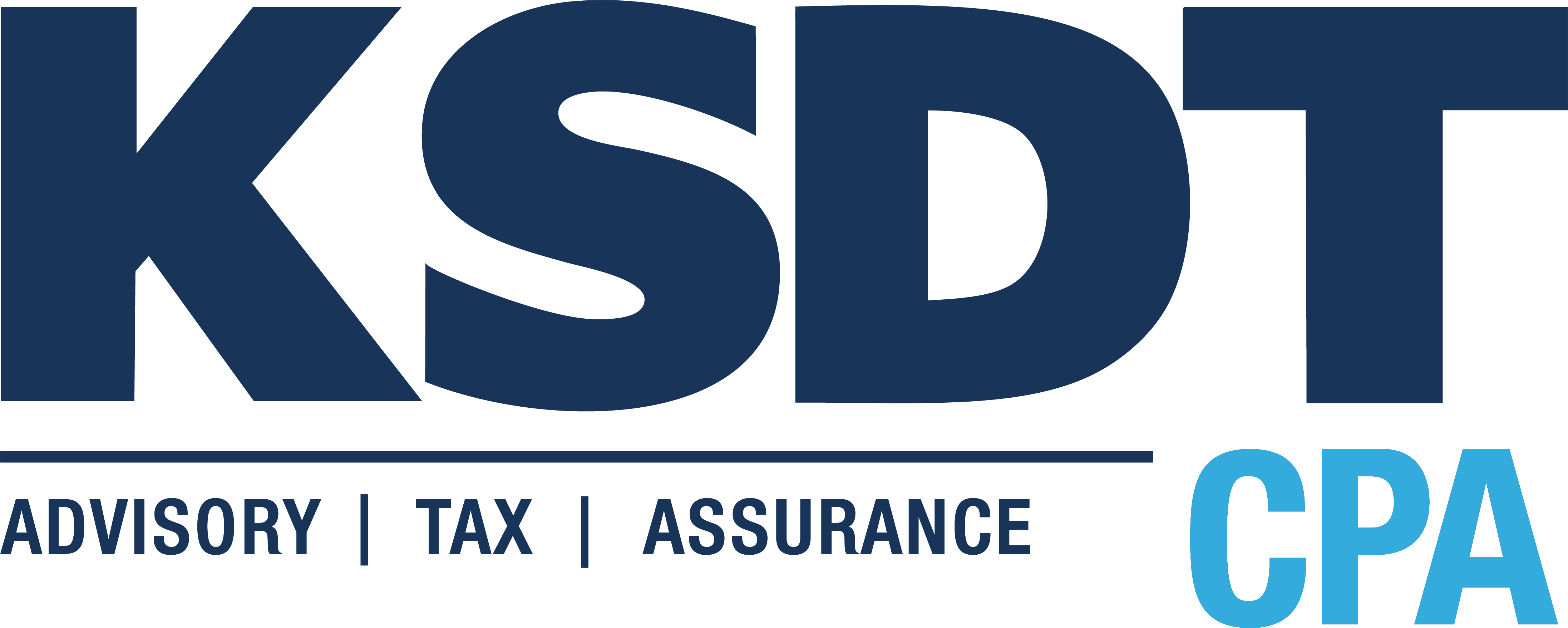Just about every business relies on “word-of-mouth” marketing to get the vast majority of its clients. If this is true for your business, then it just makes sense to figure out how to boost your referrals from all sources. Referrals are almost always easier to sell and they keep your marketing costs low. But how can you do that? Read more
The first step is to make sure that you know who your best current referral sources are. If you’re not already asking the question to new clients “How did you find out about us?” then I’d recommend you implement that right away.
If you do know the answer to that question for each customer, then you can make a list of your referral sources. Take a look at the list, and see what these referral sources have in common. Here are some questions to ask:
- Are they all customers?
- Do they all have a profession in common? For example, are they all lawyers, massage therapists, plumbers, or pediatricians?
- Have you properly thanked each of these individuals? If not, you can send out a thank you card or take them to lunch with no other agenda.
The last question to ask yourself is “where can you find more of the same type of people that are referring you?” If you discovered that you get a lot of business from dog groomers, then you may want to consider visiting every grooming salon in your zip code. You may also want to present a speech to a dog groomers Meetup group that you find.
You really can be proactive about your referrals so that business comes to you more easily. Try these tips to boost your referral sources in your business.
